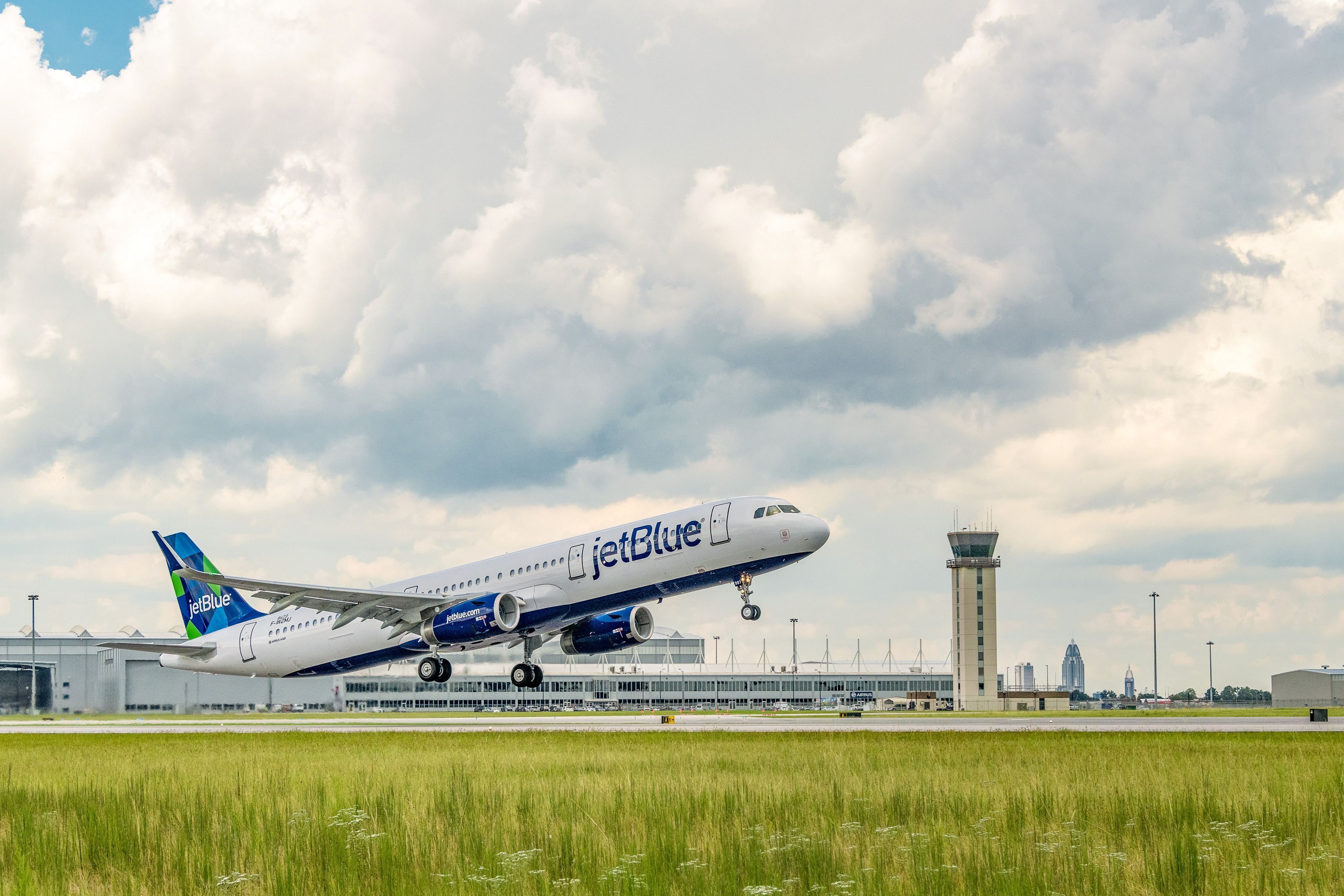
JetBlue announced that its newest aircraft, an Airbus A321 it received on Wednesday, will make its first flights using a sustainable jet fuel blend. According to the company, the acceptance flight and JetBlue’s ferry flight, which is scheduled for September 20, will be the airline’s first flights to use sustainable (also called renewable) biofuel. JetBlue will be ferrying the aircraft from Airbus’ production facility in Mobile, Alabama.
“Renewable jet fuel affirms JetBlue’s belief that we can help define our industry’s future path,” said JetBlue CEO Robin Hayes. “Our goal is to serve as a market-maker for renewable jet fuel, creating demand and therefore supporting supply. We’re working closely with Airbus to set up infrastructure for more options in the southeast region.”
Sustainable aviation fuel comes from easily sourced oil crops such as jatropha, camelina and algae or from wood and waste biomass. The fuel being used for the JetBlue flights is 15.5 percent sustainable jet fuel blended with traditional jet fuel. It is being supplied and certified by Air BP. JetBlue is expecting delivery of four more A321s by the end of the year, all of which will start out on the same fuel blend. Airbus says it has been offering customers the option of taking delivery of new aircraft from its facility in Toulouse, France, using a blend of renewable jet fuel since May 2016 and will “determine the next steps toward offering this option to more customers taking aircraft deliveries from Mobile” after the JetBlue deliveries.
The majority of JetBlue’s flight will still be flown with traditional jet fuel, although the airline says it is working to be “proactive about mitigating the impact of changes in the fuel market by flying more efficient aircraft, optimizing its fuel consumption, moving to renewable jet fuel and more.” The company also stated that renewable jet fuel is a key aspect of its emissions reduction strategy. Airbus has said that its goal is to source sustainable fuels in the southeastern United States, but no timeline has been given.


































